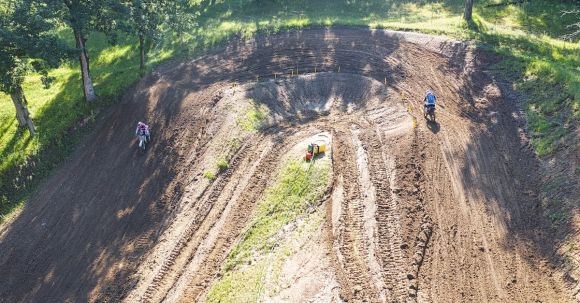Riding on gravel and other unstable surfaces can be a thrilling and challenging experience for cyclists. However, it also comes with its fair share of risks. The key to navigating these surfaces safely and confidently lies in understanding the techniques and strategies that can help you maintain control and stability. In this article, we will explore some essential tips for riding on gravel and unstable surfaces.
Choose the Right Bike
Before you head out to tackle gravel roads or other unstable surfaces, it’s important to ensure that you have the right bike for the job. Opt for a bike with wider tires, as they provide better traction and stability on uneven terrain. Additionally, consider investing in a bike with disc brakes, as they offer superior stopping power, especially on loose surfaces.
Maintain a Balanced and Relaxed Posture
When riding on gravel, it’s crucial to maintain a balanced and relaxed posture. Keep your weight centered over the bike and your arms slightly bent to absorb any shocks or vibrations from the uneven surface. This will help you stay in control and react quickly to any changes in the terrain.
Brake and Accelerate Smoothly
One of the biggest challenges of riding on gravel is maintaining traction. To minimize the risk of sliding or skidding, it’s important to brake and accelerate smoothly. Avoid sudden or aggressive movements that can cause your tires to lose grip. Instead, apply brakes gently and gradually, and when it comes to accelerating, do so steadily to avoid spinning out.
Choose the Right Line
Finding the right line is crucial when riding on gravel or unstable surfaces. Look for the smoothest path, avoiding loose or deep gravel if possible. Try to ride on the harder-packed sections of the road or trail, as they offer better traction. Be aware of any obstacles or hazards in your path and plan your line accordingly.
Shift Your Gears
Proper gear selection can greatly affect your performance and control on gravel surfaces. As a general rule, it’s best to ride in a slightly higher gear than you would on a smooth road. This will help prevent your wheels from spinning out and provide better stability. Experiment with different gear ratios to find the one that works best for you and the terrain you’re riding on.
Keep a Safe Distance
When riding in a group on gravel or unstable surfaces, it’s important to maintain a safe distance between riders. The loose surface can kick up stones or gravel, increasing the risk of accidents and injuries. Give yourself enough space to react to any sudden changes in front of you and avoid riding directly behind another cyclist to minimize the risk of getting hit by debris.
Expect the Unexpected
Riding on gravel and unstable surfaces requires a heightened sense of awareness and anticipation. Be prepared for unexpected changes in the terrain, such as loose sand, potholes, or washouts. Keep your eyes scanning the road ahead and be ready to adjust your line or speed accordingly. By expecting the unexpected, you’ll be better equipped to handle any challenges that come your way.
In conclusion, riding on gravel and unstable surfaces can be a thrilling adventure, but it also requires careful consideration and technique. By choosing the right bike, maintaining a balanced posture, and employing smooth braking and acceleration, you can navigate these surfaces with confidence. Remember to choose the right line, shift your gears appropriately, and keep a safe distance when riding in a group. And most importantly, expect the unexpected and stay alert. With these tips in mind, you’ll be able to enjoy the adventure and excitement that comes with riding on gravel and other unstable surfaces.
